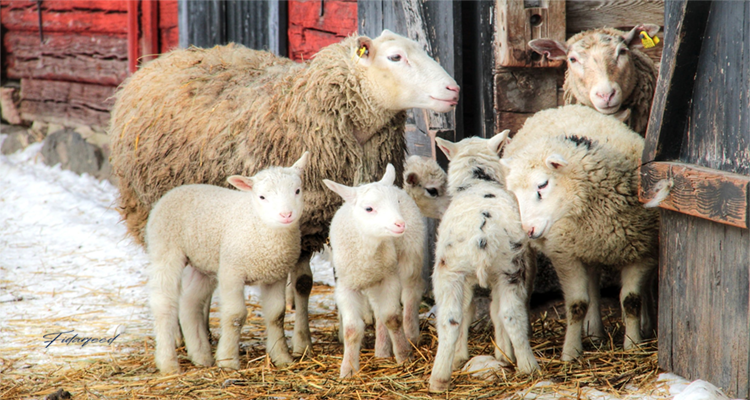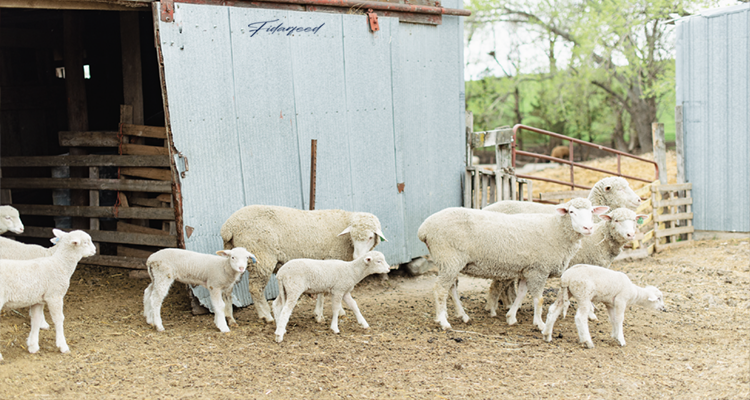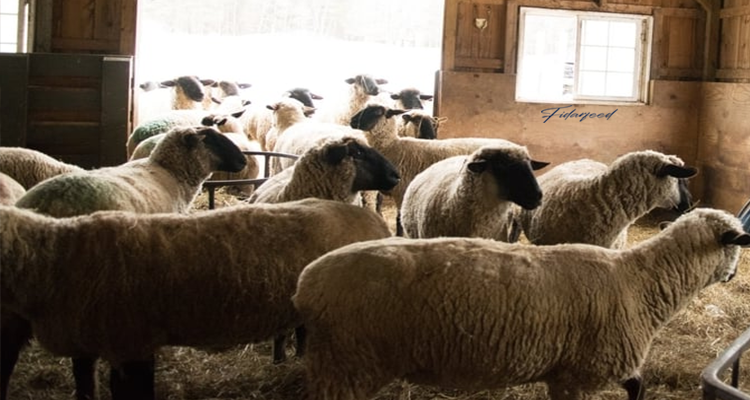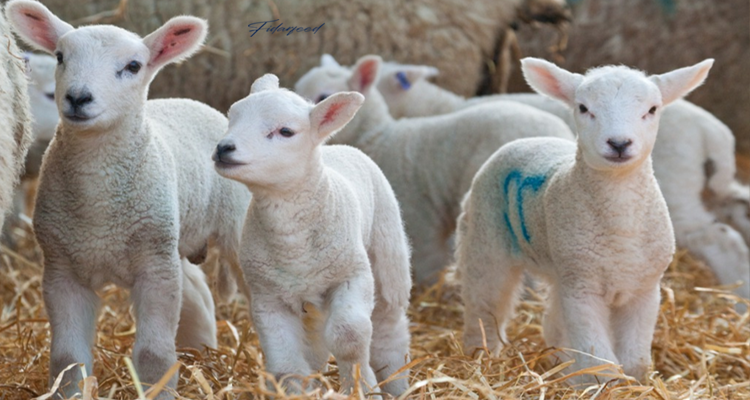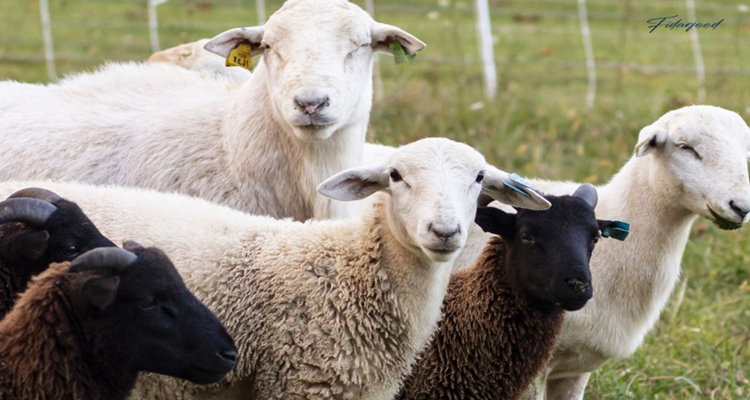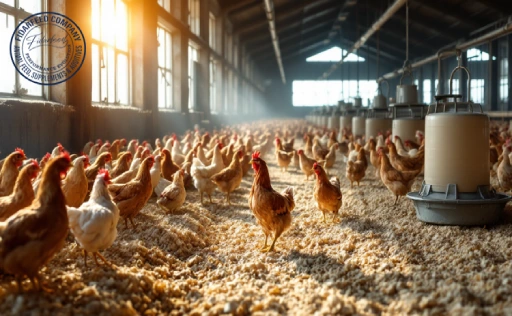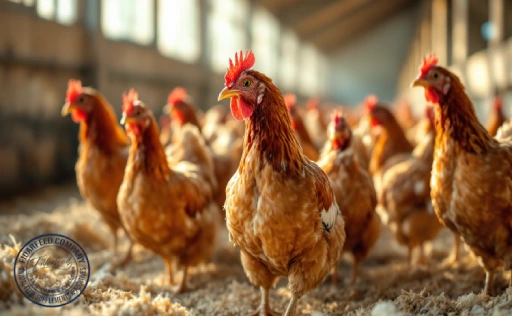Ideal Feeding Program for Sheep at Different Growth Stages is not just a technical concept—it’s a foundational strategy for any sheep breeder aiming for healthy animals, efficient growth, and sustainable profits. From newborn lambs to mature ewes and rams, each phase of a sheep’s life demands specific nutritional attention. Ignoring these differences can lead to poor growth rates, reproductive failures, and preventable diseases. In this guide, we’ll explore a stage-by-stage breakdown of what your sheep need and when—so you can feed smarter, not harder. Let’s dive in.
Why an Ideal Feeding Program Matters at Every Growth Stage
Every sheep has unique dietary needs depending on its age, physiological status, and environmental conditions. A one-size-fits-all feeding approach simply doesn’t work. Tailoring the diet to match growth stages allows for:
-
Strong immune system development in lambs
-
Optimal weight gain and muscle development in growing sheep
Learn more about: Active Probiotic Yeast for Large animal
-
Increased reproductive efficiency in breeding animals
-
Better fleece quality and longevity in mature sheep
Studies have shown that balanced, stage-specific feeding programs lead to improved flock performance and reduced health interventions. So whether you’re managing 20 sheep or 200, precision feeding pays off.
Understanding the Nutritional Needs of Sheep from Lamb to Adult
Sheep are ruminants, meaning they rely on a complex stomach system—especially the rumen—to ferment and digest fiber-rich feeds like hay and pasture. However, the rumen doesn’t develop overnight. That’s why lambs start with milk, then slowly transition to solid feeds.
As sheep mature, their energy, protein, mineral, and vitamin needs shift significantly. For example:
-
Young lambs need high protein and energy for fast growth
-
Breeding ewes require extra nutrients during late pregnancy and lactation
-
Adult maintenance sheep need less energy but consistent fiber to prevent metabolic issues
Learn more about: Dorper Sheep Farming: Producing High-Quality Meat for Maximum Profit
Understanding these shifts allows you to provide the right feed at the right time.
Feeding Newborn Lambs (0–8 Weeks): The Crucial Early Stage
The first few hours after birth are critical. Lambs must consume colostrum—the first milk rich in antibodies—within the first 4–6 hours to develop a strong immune system. Without it, survival rates drop dramatically.
For orphaned or rejected lambs, milk replacers can be used, but these must be high-quality, sheep-specific formulas. Around 2–3 weeks of age, you can introduce creep feed—a highly digestible, protein-rich starter feed—to encourage rumen development.
Creep feeding helps lambs gain weight faster and prepares them for an easier weaning process. Aim for feeds with 18–20% crude protein and clean, fresh water at all times.
Transition Feeding for Weaned Lambs (8–16 Weeks): Supporting Steady Growth
Weaning is stressful—for both lamb and breeder. This transition must be gradual to avoid digestive upsets. Reduce milk access while simultaneously increasing creep feed and forage intake.
Weaned lambs require:
-
High energy feeds (grains or pellets)
-
Quality legume hay (like alfalfa)
-
16–18% protein in total ration
-
Access to fresh water and mineral blocks
Avoid sudden changes in feed, and monitor closely for signs of stress or illness like scours or lethargy.
Ideal Feeding Program for Growing Sheep (4–12 Months): Muscle and Frame Development
This phase determines the animal’s future productivity. Poor nutrition here means stunted growth and long-term underperformance.
Young sheep (post-weaning to 1 year old) thrive on diets that combine:
-
Moderate energy levels (grains, barley, corn)
-
Good-quality forage (pasture or hay)
Learn more about: How to Control Internal Parasites in Sheep: Best Practices
-
14–16% protein for muscle and wool development
-
Free-choice minerals and salt
If you’re feeding for market weight or replacement breeding stock, monitor growth rates weekly and adjust feed to avoid underfeeding or obesity.
Nutritional Strategies for Breeding Ewes and Rams
Breeding sheep have special needs, particularly during three key windows:
-
Pre-breeding (flush feeding): Boost energy intake 2–3 weeks before breeding to improve fertility
-
Gestation (especially last 6 weeks): Increase protein, energy, and calcium to support fetal development
-
Lactation: Raise feed quality to meet milk production demands
Breeding rams also require proper body condition, especially before mating season. Underweight rams may have low libido, while overweight ones may suffer from joint stress.
Feeding Mature Sheep: Maintenance and Seasonal Adjustments
For adult sheep not in a breeding cycle or lactating, the goal is maintenance—not weight gain. These sheep can usually thrive on:
-
Pasture grazing during spring and summer
-
Grass hay in colder seasons
-
Supplementation with grain or concentrate during energy deficits (e.g., winter)
Learn more about: How to Treat Ringworm in Sheep and Lambs: A Complete Guide
Sheep are highly efficient grazers, but keep an eye on body condition scores (BCS) and adjust accordingly. Also, avoid sudden feed changes, especially from dry forage to lush pasture, to prevent bloating.
Common Feeding Mistakes at Different Growth Stages – And How to Avoid Them
Mistakes in sheep feeding can have long-lasting consequences. Some common ones include:
-
Inadequate colostrum intake in newborns → leads to weak immunity
-
Too much grain in weaned lambs → causes acidosis or bloat
-
Low calcium during pregnancy → results in pregnancy toxemia
-
Overfeeding during maintenance → leads to fat deposition and metabolic disorders
To avoid these, always match the feed type, amount, and quality with the sheep’s physiological status and life stage.
Role of Feed Supplements and Minerals in an Ideal Feeding Program
Even the best forage or grain diets often lack key trace elements. That’s where supplements step in.
Mineral blocks, loose minerals, and vitamin additives should be available year-round. Key elements include:
-
Calcium and phosphorus for bone growth
-
Selenium and vitamin E for muscle function and immunity
Learn more about: The Essential Guide: How Do Sheep Help Farmers?
-
Zinc for hoof health
-
Iodine and cobalt for thyroid function and rumen microbes
Additionally, probiotics, yeast cultures, and rumen buffers can enhance digestion and feed efficiency, especially during dietary transitions.
Conclusion: Building an Ideal Feeding Program for Sheep at Every Stage of Growth
A successful flock doesn’t happen by chance—it’s the result of strategic, stage-specific feeding and care. By following an ideal feeding program for sheep at different growth stages, breeders can improve growth rates, boost reproduction, and reduce disease risks.
Remember: every stage—from the first drop of colostrum to the last day of maturity—requires a different feeding approach. When you invest in the right nutrition at the right time, you’re investing in your flock’s future.
Have thoughts or questions? We’d love to hear from you. Leave a comment, share your experiences, or ask a question below. Let’s grow healthier, stronger sheep—together.

